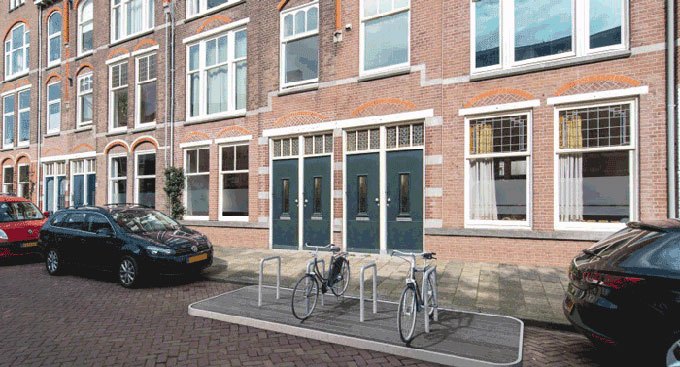
Most of us who live in cities become blind to the blight caused by endless rows of cars parked along every street. We become immune to the visual clutter and numb to the road danger to which they contribute. We forget that streets are for people.
During the first lockdown last year, traffic levels plummeted and many areas enjoyed a break from dangerously polluted air. Since then, traffic levels have returned to pre-pandemic levels but there is hope that the low-traffic neighbourhood schemes, cycling infrastructure and parklets that have sprung up during the last 18 months may kickstart demand for sustainable streets. If so, it will have been a long time coming.
In the 1970s, San Francisco became the birthplace of the parklet – a way of reclaiming road space in favour of people. The first one-day parklet was created in 2005 when a group fed a parking meter with coins, rolled out a length of turf and installed a potted tree.
Parklets are now in use around the world and come in all shapes and sizes. In fact, here at the ETA we designed and built a mobile pop-up parklet.
We are no strangers to the creative reclaiming of road space. Before our pedal-powered glint was even a glint in our eyes, we created novel guerrilla on-street cycle parking in the shape of a pretend skip. The angry reaction to the launch of our so-called Biskiple offered a glimpse of how some motorists are under the misapprehension that they own the roads.
The problem is perennial and one that Winston Churchill attempted to tackle in the 1920s when he abolished Road Tax for fear it was giving drivers a false sense of entitlement. Fearing motorists would lay claim to roads by dint of paying for a small portion of their repair costs, he wrote: “It will be only a step from this for [motorists] to claim in a few years the moral ownership of the roads their contributions have created.”
However, the Dutch are less beholden to the car. The concept of the parklet has evolved into permanent extensions to their pavements. Temporary bicycle platforms are being introduced to see whether there is support to replace an increasing number of car parking spaces with cycle parking.
The bicycle platforms feature space for 8 bicycles. If there are no serious objections from residents after 3 months, the platform is removed and replaced by a wider pavement with permanent bicycle brackets. The temporary bicycle platform then moves to another street where a request has been made. The Hague has 10 ready.

The Dutch learned long ago learned measures in isolation do not solve the problem of road danger – meaningful road danger reduction relies a systematic approach. Maartje van Putten was the first president elect of the Stop de Kindermoord protest movement and a former MEP and explains how the earliest measures were first adopted in the 1970s.
The early days of liveable neighbourhoods in the Netherlands is one of the themes explored in our documentary, Stop Killing our Children.
Ethical cycle insurance
On the face of it, one cycle insurance policy is much like another, but the devil is the detail. Check your small print for so-called ‘new-for-old’ replacement – many insurers use the term, but if your bicycle is more than a few years old, devalue it severely. This means you are left out of pocket when you come to replace it.
With ETA cycle insurance, however old the bike, if it’s stolen you get enough to buy a new model. Furthermore, every cycle insurance policy you buy from us helps support the work of the ETA Trust, our charity campaigning for a cleaner, safer transport future. Little wonder The Good Shopping Guide has voted us Britain’s most ethical insurance company.
0 Comments View now